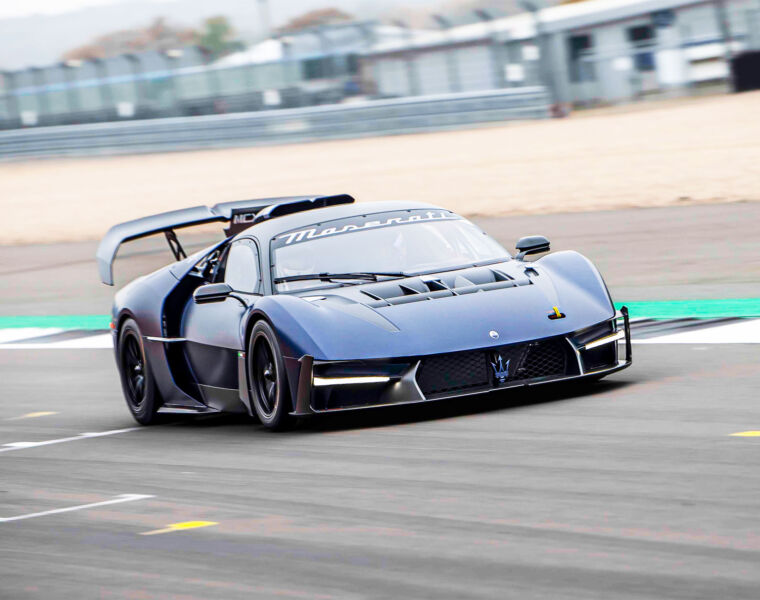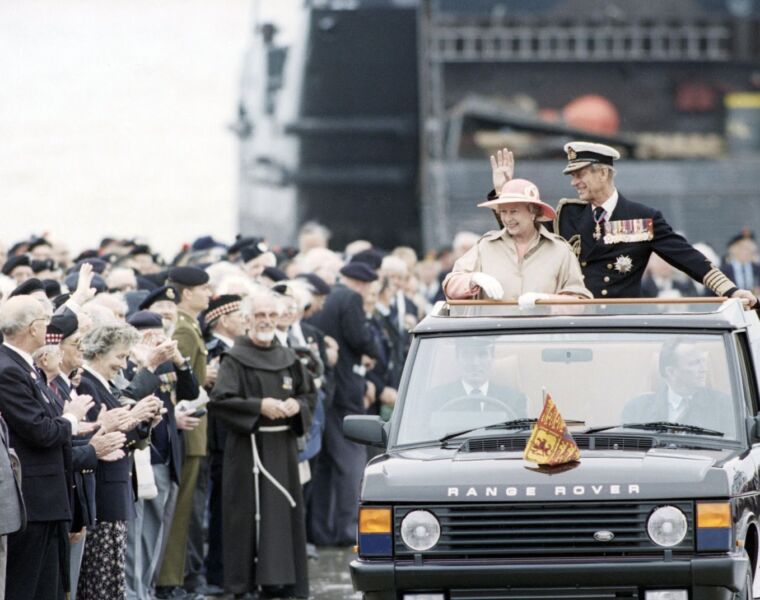
With a 0-60 mph time of 3.9 secs and a top speed of 190 mph, the new Lotus Evora Sport 410 offers both style and substance
Transformed and formidable, the new, class-leading Lotus Evora Sport 410 has been revealed after an intense development programme following its Geneva debut. It’s massively lighter, with more power and huge gains in aerodynamic efficiency, this new generation of Evora is a purebred supercar, using Lotus’ DNA to deliver a spiritual successor to the marque’s most iconic models, including the Esprit Sport 300.

The Evora Sport 410 is the result of thousands of hours’ development by Lotus, across every aspect of the car. From the mass of carbon fibre components covering the car from nose to tail as standard, including a revolutionary one-piece tailgate, to the recalibrated and tuned supercharged V6 engine – every inch has been assessed to provide unrivalled performance.
Designed to deliver both on track and on the road, the Evora Sport 410 is truly formidable. The car’s vastly improved aerodynamic configuration delivers an unparalleled level of handling and high-speed stability, and the addition of performance orientated wheels, tyres and critical parts, including the new titanium exhaust, ensures that it draws on Colin Chapman’s obsession with simplifying, and adding lightness. However, far from a stripped-out track special, the new model retains excellent road manners, remaining refined and composed on B-roads.

Jean-Marc Gales, CEO of Group Lotus plc, commented, “Lotus has surpassed itself with the Evora Sport 410, and it defines a period in which we are producing our best ever cars. It can sprint from 0-60 mph in just 3.9 secs, and its ballistic pace means that, in the right hands, it’s unbeatable. We have achieved so much in the development of the Evora platform, and the Sport 410 is possibly the most accomplished car we have ever built. It’s nothing short of superb and delivers the power and precision that Lotus cars are renowned for. We’ve taken the war on weight to a new level, demonstrating perfectly our principle of intelligent engineering.”
A closer look at the Evora Sport 410
Over the last twelve months, Lotus’ engineering teams have brought their unmatched experience of advanced lightweight construction technologies, aerodynamic optimisation, vehicle dynamics and powertrain development to bear. The result is a testament to the company’s continuous quest to improve, delivering a car that’s worthy of carrying Lotus’ Sport moniker – reserved for its lightest, most-evolved models.

Drawing from its iconic predecessors, the Evora Sport 410 uses design cues as well as drawing engineering inspiration to provide the context for this new car. The results are due to Lotus’ holistic approach to evaluating every component in isolation, as well as the car as a whole.

Key to the cut in weight, by more than 70 kg, has been the adoption of hand-made carbon fibre components. Rather than just replacing existing parts with lighter versions, each has been redesigned and enhanced in order to make the most of the composite’s properties. Covering the car from front to back, these include a front splitter, revised front access panel, roof section, tailgate, rear quarter panels, and rear diffuser. These are joined by race-derived carbon sports seats, which themselves save 9kg each.
 In addition to boosting acceleration, the car’s dry weight of just 1,270 kg (1,280 kg without the optional titanium exhaust) results in sharper and more intuitive handling. Lowering the centre of gravity, it has allowed for the recalibration of the suspension – with an improved geometry and revised setup. The re-valved dampers provide an increase in compression and rebound, while the effective rise in spring rate and a reduction in ride height by 5mm provide better body and roll control, yet ride comfort and composure are retained.
In addition to boosting acceleration, the car’s dry weight of just 1,270 kg (1,280 kg without the optional titanium exhaust) results in sharper and more intuitive handling. Lowering the centre of gravity, it has allowed for the recalibration of the suspension – with an improved geometry and revised setup. The re-valved dampers provide an increase in compression and rebound, while the effective rise in spring rate and a reduction in ride height by 5mm provide better body and roll control, yet ride comfort and composure are retained.
Inspired by some of Lotus’ most famous heritage models, the one-piece carbon tailgate incorporates a louvred section which, together with carbon rear quarter panels, help provide the car with a sleek, fastback silhouette. However, the benefits of this are far more than aesthetic. A significant chunk of the development time was spent honing the car’s aerodynamic performance. The use of the new carbon components and the careful modelling of airflow over and under the sculptured bodywork has effectively doubled downforce, now up to 64 kg, yet resulted in a slightly lower drag coefficient overall. Increasing stability at high speeds, it cements the Evora’s reputation as a genuine supercar and it joins a select group that can genuinely exceed 190 mph yet remain tractable.





You must be logged in to post a comment.